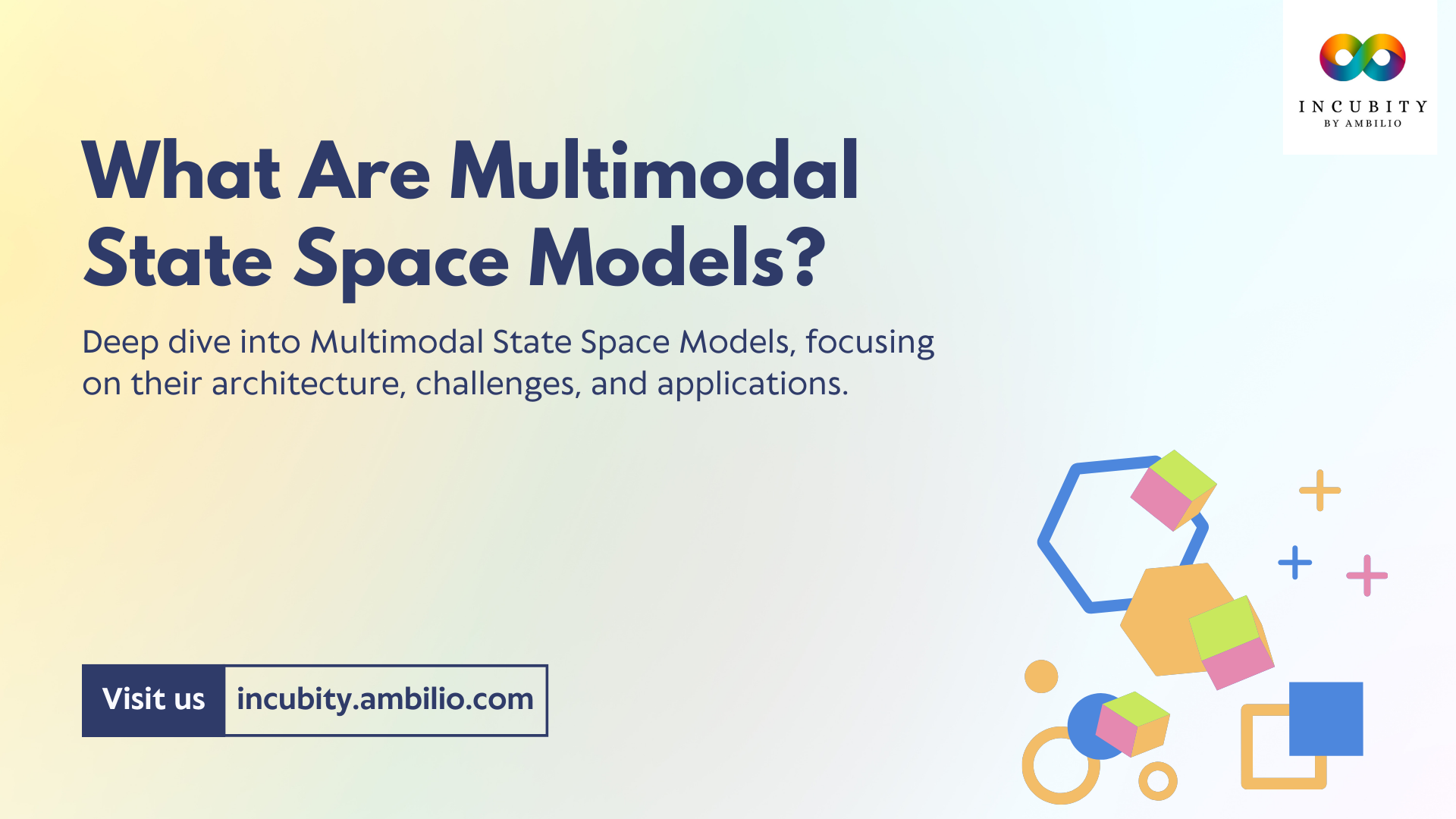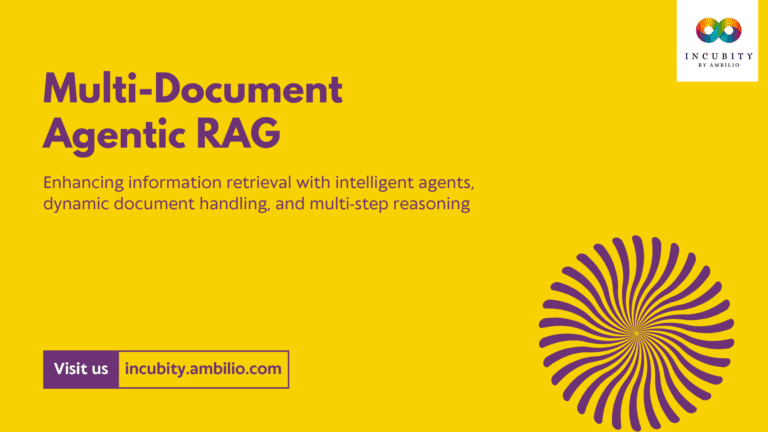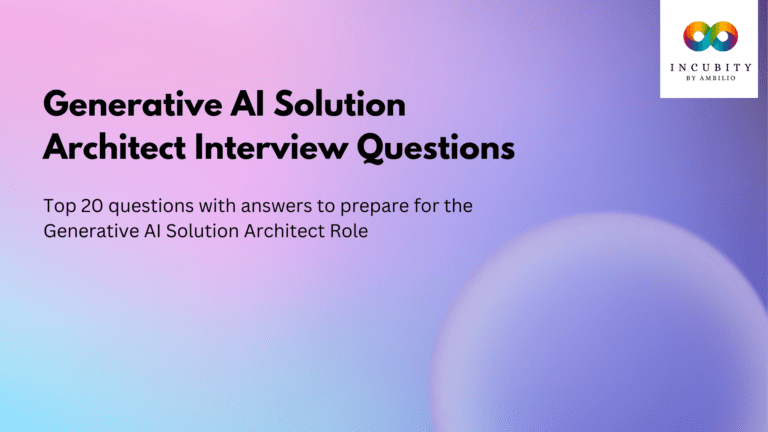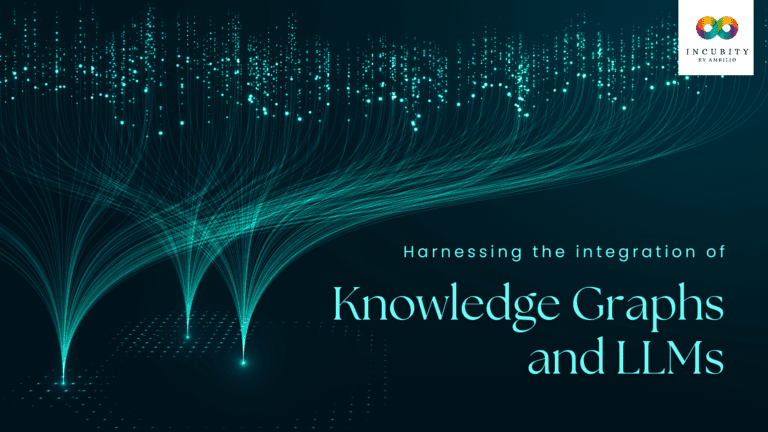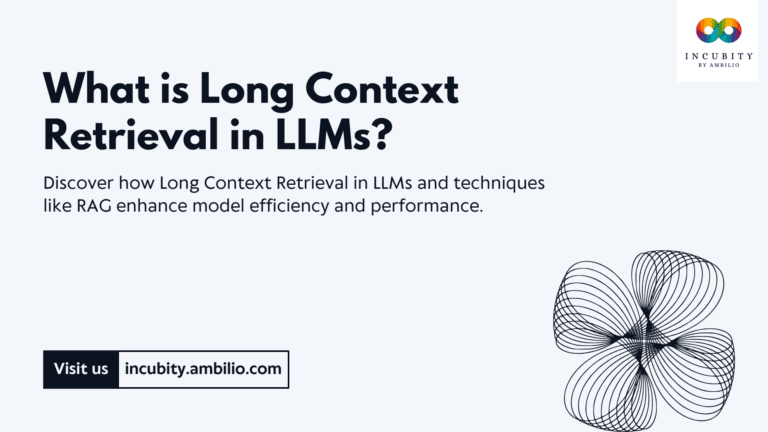Multimodal State Space Models (SSMs) represent an evolving domain in machine learning that integrates various data types such as text, images, and audio into a unified analytical framework. By leveraging the mathematical structure of state space models, these systems can effectively handle complex, dynamic, and sequential data from different modalities, allowing them to model real-world phenomena more accurately.
This article will provide a deep technical exploration of Multimodal State Space Models, starting with the fundamental concepts behind SSMs, followed by how multimodal learning is incorporated into these models, and concluding with a detailed analysis of the architecture and performance of VL-Mamba—a state-of-the-art multimodal SSM.
Understanding State Space Models
What are State Space Models (SSMs)?
State space models (SSMs) are mathematical tools used to model dynamic systems where the system’s internal state is represented by variables that evolve over time. These models have been widely used in control theory, time series analysis, and robotics, where understanding how a system evolves is crucial.
An SSM consists of two core components:
State Equations: These define how the internal state of the system evolves over time. The evolution of these states is often governed by linear or non-linear functions.
xt+1 = f(xt, vt) + wt
where xt represents the state at time t, ut is the input to the system, and wt represents the process noise.
Observation Equations: These equations describe how the internal states are connected to the observed data (or outputs).
yt = h(xt) + vt
where yt is the observation at time t, and vt is the observation noise.
These models are powerful in handling sequential data, especially in situations where the system’s internal dynamics are not directly observable.
Multimodal Learning
What is Multimodal Learning?
Multimodal learning is the process of learning from multiple types of data—referred to as modalities—simultaneously. In the context of machine learning, these modalities typically include text, images, audio, and video. Each of these data types contains distinct information, and integrating them enables a more holistic understanding of complex problems.
For example, in a healthcare application, combining textual patient records with medical images and genomic data may result in more accurate diagnoses. In multimodal SSMs, this principle is applied by modeling how different modalities influence each other and how they evolve over time.
Multimodal State Space Models
Multimodal SSMs aim to bridge the strengths of SSMs with the capabilities of multimodal learning. By embedding state space structures into multimodal learning, these models can simultaneously handle:
- Temporal Dynamics: Modeling time-based dependencies effectively through the state equations of SSMs.
- Multimodal Data Integration: Incorporating multiple data types (e.g., vision, language) and leveraging the strengths of each modality.
Core Challenges in Multimodal SSMs
- Sequential vs. Non-Sequential Data: State space models are inherently designed for handling sequential data. However, certain data types, like images, do not naturally fit into a sequence, making the integration with modalities such as vision more complex.
- High Dimensionality: Multimodal data, especially images and audio, often come with large dimensional spaces, making the optimization of state space models computationally intensive.
- Heterogeneity of Data: Different modalities often have varying structures (e.g., discrete text vs. continuous image data), making it difficult to represent them in a single state space model.
VL-Mamba: A Case Study in Multimodal SSMs
One of the leading advancements in the realm of multimodal state space models is the VL-Mamba model, which successfully integrates SSMs with transformer-based architectures for multimodal learning tasks.
Architecture of VL-Mamba
VL-Mamba replaces the traditional transformer architecture with a state space modeling framework to efficiently process long sequences of multimodal data. The model consists of the following key components:
- Language Model (LM): The language model is responsible for processing and encoding the text data. It is built on traditional transformer architectures to capture the relationships and dependencies between words or sentences.
- Vision Encoder: This component processes visual data. Unlike conventional vision transformers, VL-Mamba uses a Vision Selective Scan (VSS) mechanism to incorporate the non-sequential nature of visual data into the sequential state space model.
- Multimodal Connector: This component serves as the bridge between the language model and the vision encoder. It ensures that information flows effectively between the text and vision modalities, allowing the model to generate rich representations that incorporate both types of data.


(Architecture of VL-Mamba, Source)
Vision Selective Scan (VSS) Mechanism
One of the unique challenges in integrating vision data into SSMs is that images are inherently two-dimensional (2D), whereas SSMs are designed for one-dimensional (1D) sequential data. The VSS mechanism addresses this by using specialized scanning techniques to convert the 2D image data into a form that can be processed by the 1D state space model.
Two notable scanning mechanisms are employed:
- Bidirectional Scanning Mechanism (BSM): This mechanism scans the image in both forward and backward directions, ensuring that the model can capture the global structure of the visual data.
- Cross Scanning Mechanism (CSM): This mechanism scans the image from different angles (e.g., horizontal, vertical) to enhance the model’s ability to recognize patterns and features that may not be apparent from a single scanning direction.
Computational Efficiency of VL-Mamba
Traditional transformers struggle with long sequences because their complexity grows quadratically with the input length. VL-Mamba overcomes this limitation by using the linear complexity of state space models, making it significantly more efficient when processing long multimodal sequences.
Applications of Multimodal State Space Models
Multimodal SSMs have a wide range of applications across different domains:
- Natural Language Processing (NLP): In tasks such as machine translation or summarization, multimodal SSMs can enhance performance by incorporating visual context (e.g., images accompanying text).
- Computer Vision: Multimodal SSMs can improve object recognition, image captioning, and video understanding by integrating textual annotations or descriptions with visual data.
- Healthcare: In healthcare applications, multimodal SSMs can analyze medical images (e.g., X-rays, MRIs) alongside patient data (e.g., clinical notes, genomics) to generate more accurate diagnostic insights.
- Robotics: These models can be applied to robotic systems where sequential decision-making is essential. By integrating visual, sensory, and environmental data, multimodal SSMs can enhance real-time decision-making and control in dynamic environments.
Final Words
Multimodal State Space Models represent a promising direction in the intersection of state space modeling and multimodal learning. By addressing the inherent computational inefficiencies of traditional deep learning architectures and offering more robust handling of diverse data types, these models can push the boundaries of what AI systems can achieve in real-world applications.
With models like VL-Mamba showcasing the potential of multimodal SSMs through their innovative architectures and mechanisms, it’s clear that future research in this area will focus on further optimizing these models for broader adoption across industries such as healthcare, robotics, and natural language processing.

